Somalia
Violence has forced more than 185,000 people to flee their homes in the disputed town of Las Anod in Somaliland, a self-declared independent region of Somalia, the local UN Office for the Coordination of Humanitarian Affairs (Ocha ).
"More than 185,000 people have been displaced," Osha wrote in a statement, saying 89% are women and children, many of whom have found no shelter other than the shade of a tree or schools that have closed due to the violence.
A former British territory, Somaliland declared its independence from Somalia in 1991, an act not recognized by the international community. This region of 4.5 million people has since remained impoverished and isolated but enjoyed relative stability while Somalia was plagued by the Islamist insurgency of Shebab.
However, recent months have been marked by tensions in Somaliland. Clashes erupted on February 6 between the region's armed forces and militias loyal to the Somali central government in Las Anod. This locality, bordering the border and strategic in terms of trade, has changed hands several times in recent decades.
According to Ocha, officials at Las Anod General Hospital reported 57 dead and 401 injured, divided between this structure and three others in the city. The identity of the victims has not been specified. A few days later, on February 10, Somaliland authorities declared a ceasefire. But on the 12th, they accused militias of having attacked their soldiers.
Ocha, which conducted its research over the weekend, reports that clashes have continued despite the ceasefire. Mogadishu has not directly responded to accusations from Somaliland authorities.
Somali Prime Minister Hamza Abdi Barre said on Friday "welcome the ceasefire and call for (...) immediate access for humanitarian aid". "With thousands of people displaced, the need for emergency assistance is even more pressing now," he wrote on Twitter.
During a press briefing in Geneva on Friday, the United Nations refugee agency (UNHCR) said that "more than 60,000 Somalis, mainly children, and women" have reached the southeast of neighboring Ethiopia, from the Las Anod area.
"Exhausted and traumatized, they arrived with very few belongings, taking with them only what they could carry," said UNHCR spokeswoman Olga Sarrado Mur. "An average of 1,000 people continue to enter Ethiopia every day," she added, noting that resources were limited in the Somali region of Ethiopia, which is plagued by a record drought.



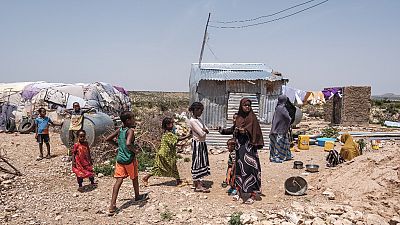

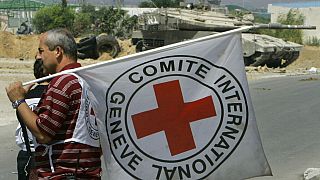
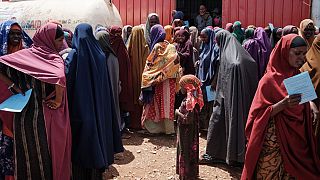
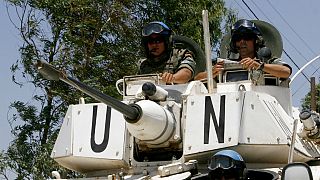
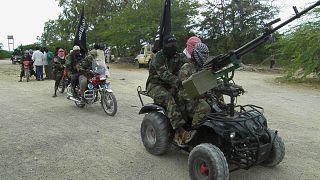
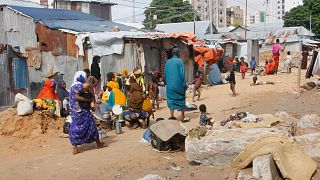
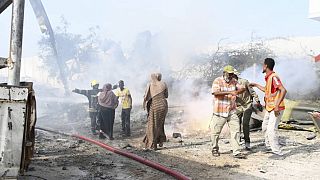
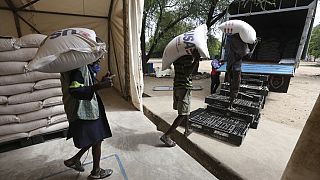
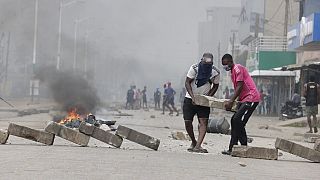

01:33
The ripple effect of Trump's budget cuts on refugee camps in Kenya
01:07
Spain: at least 10 detained in anti-immigration clashes in Murcia region
01:52
UN's crucial humanitarian aid work faces a clouded future amid cuts in funds
02:00
Refugees in Kenyan camp face hunger after USAID funding freeze
Go to video
A decade on, Lesbos still bears the scars of the refugee crisis
01:37
Sudan faces rapidly-spreading cholera outbreak, 1000 daily cases in capital